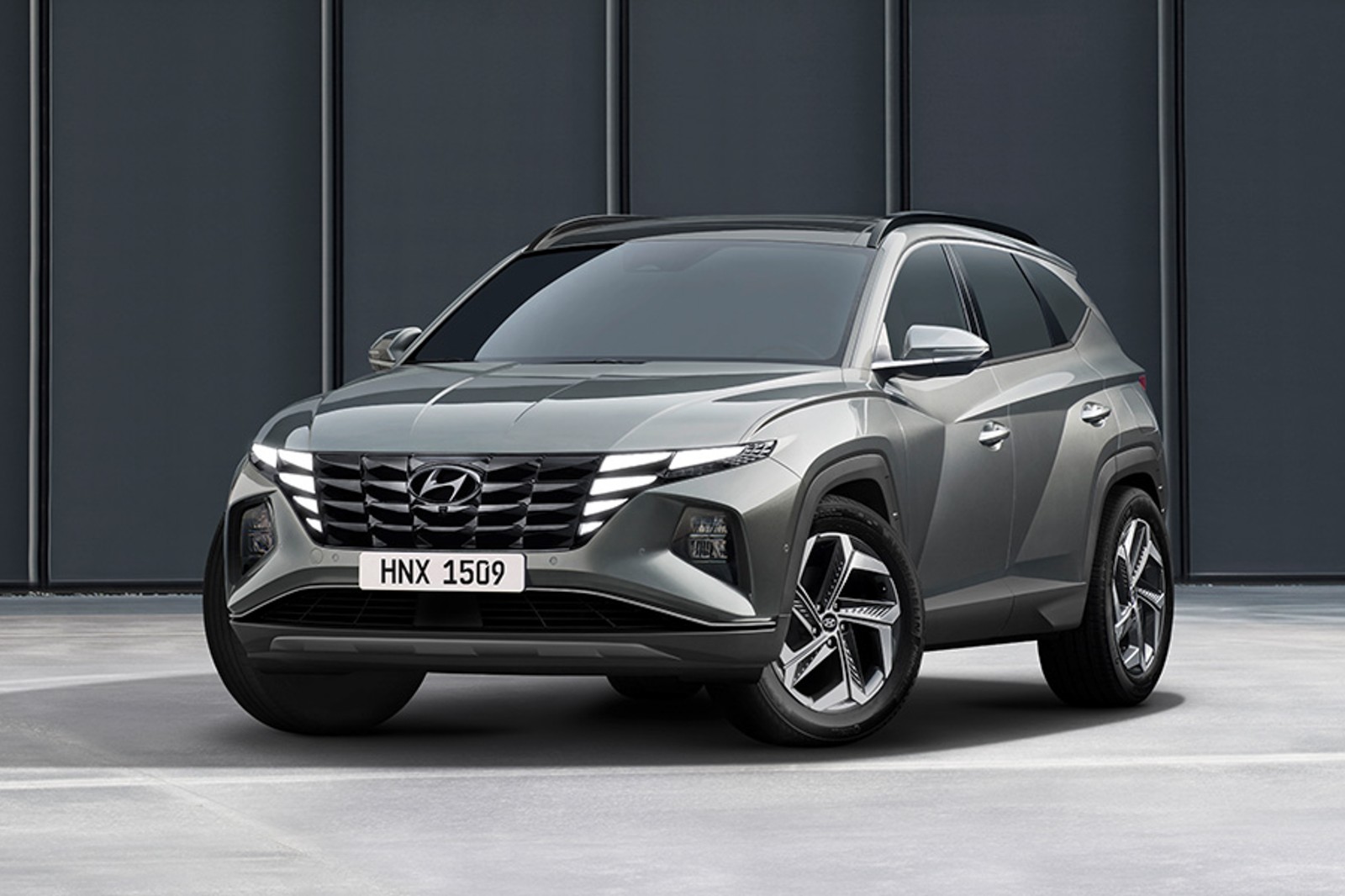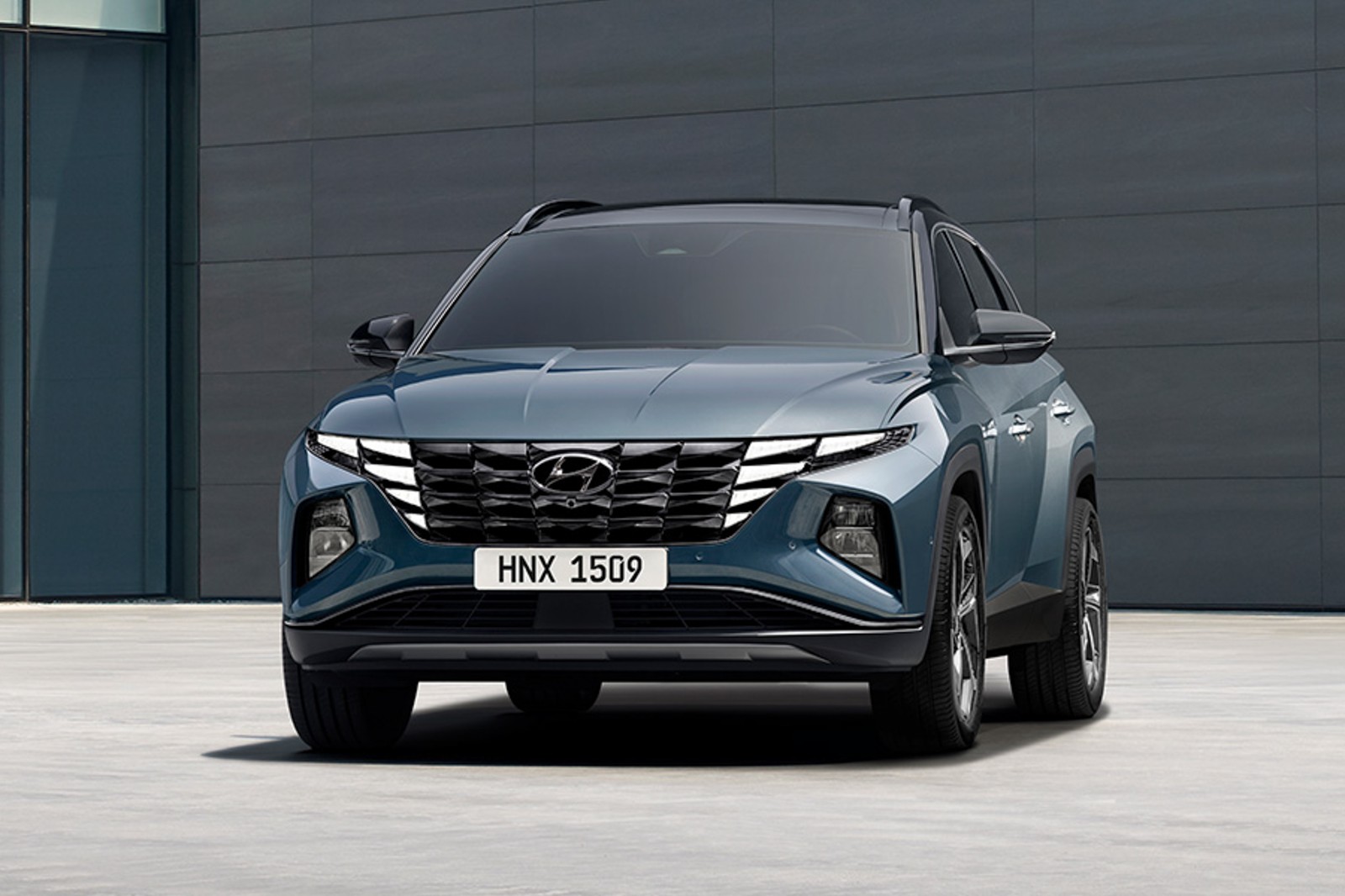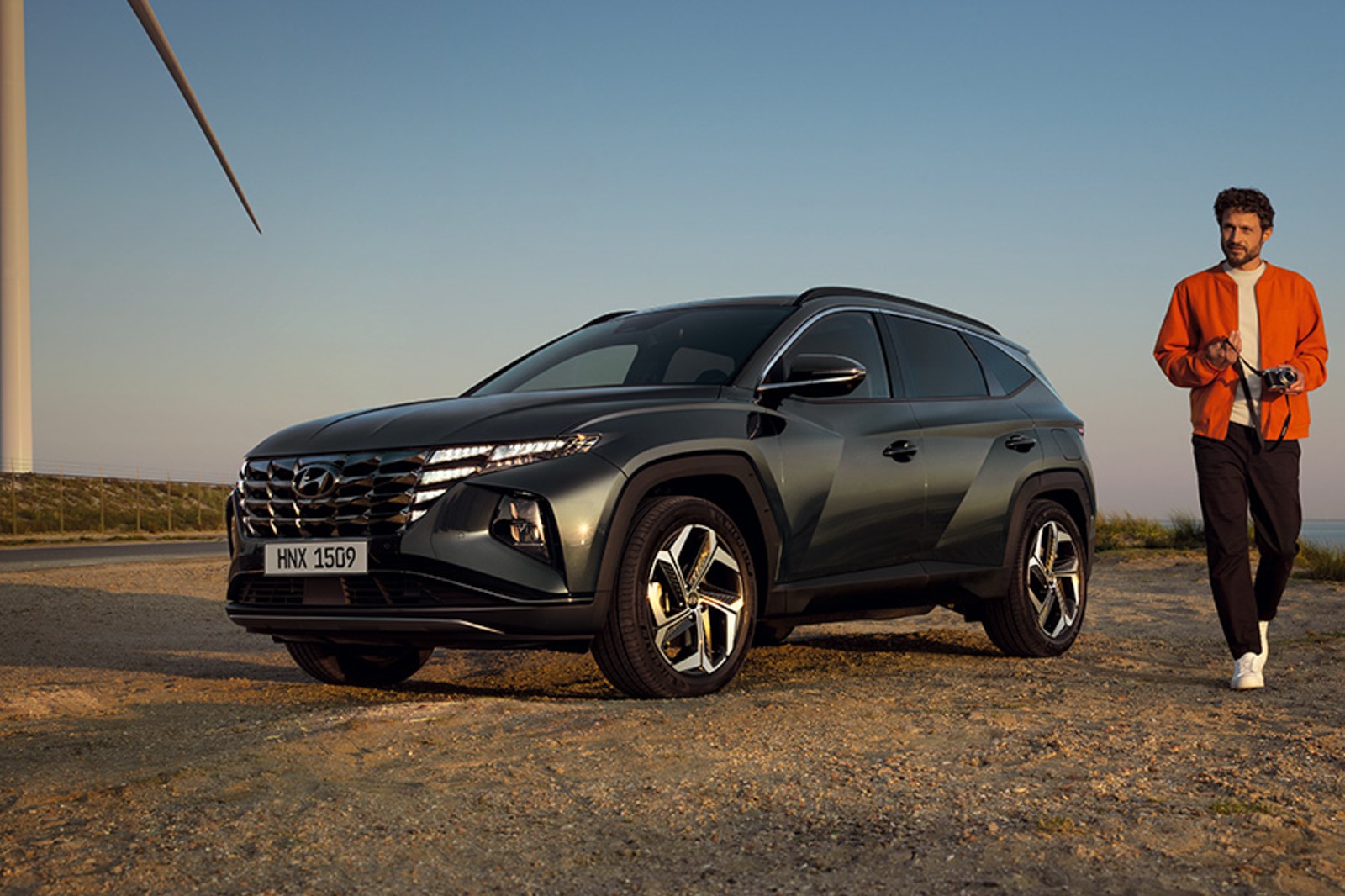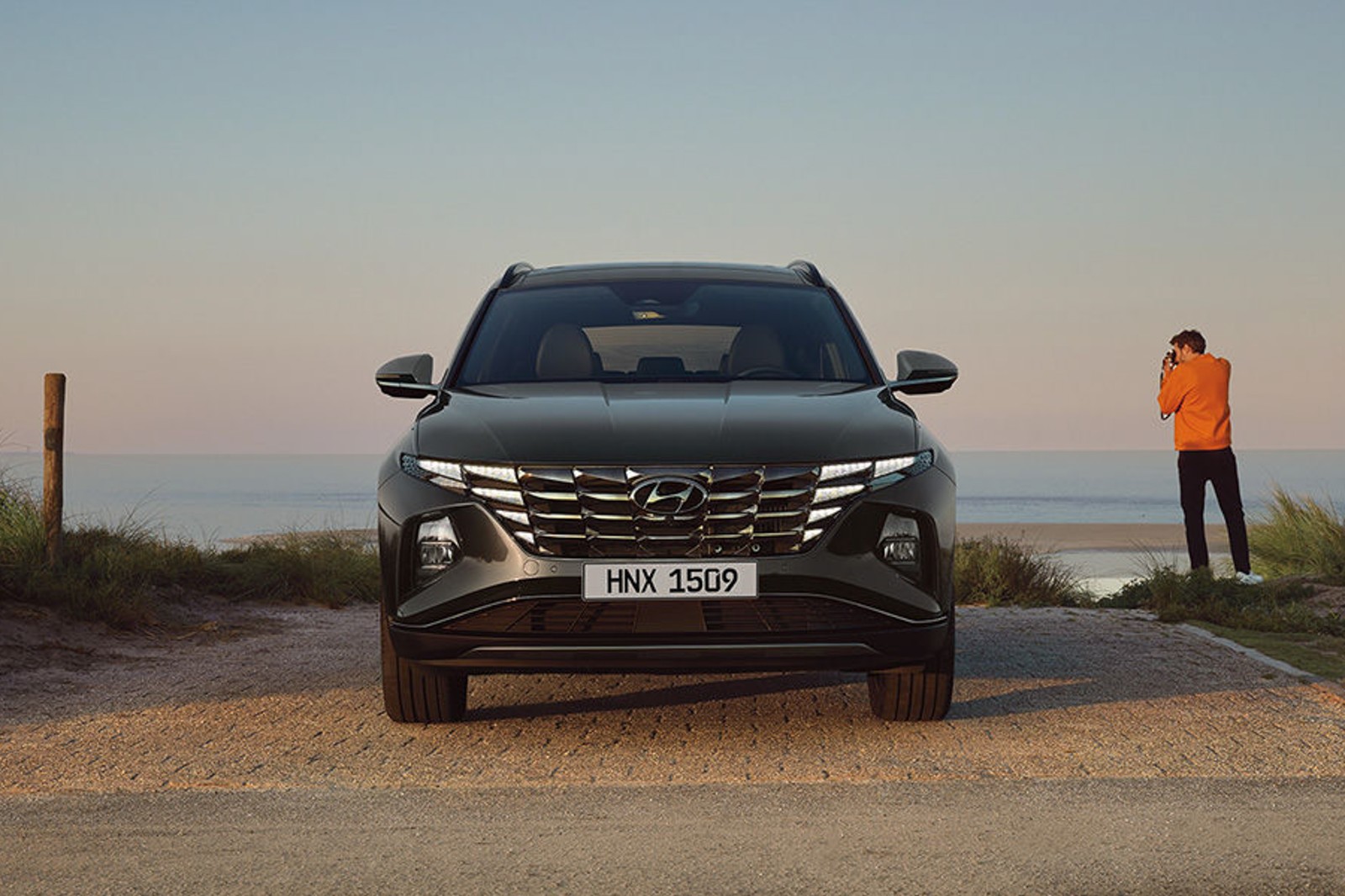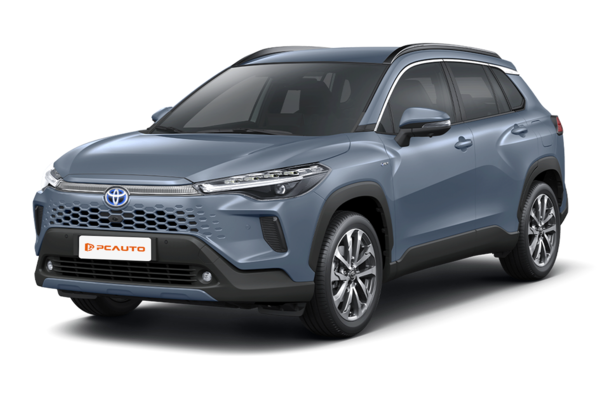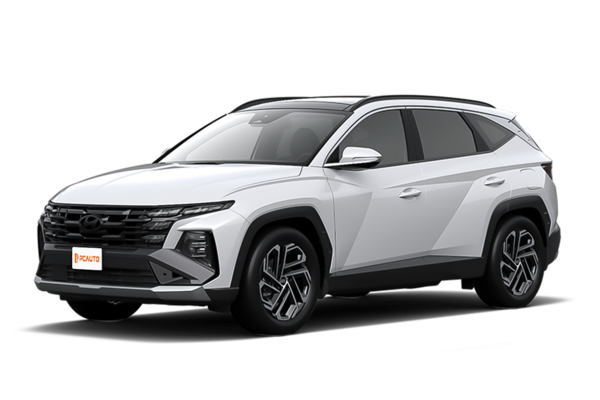Q
Is there a 2025 Tucson Hybrid?
As an automotive editor, regarding the question of whether the 2025 Tucson Hybrid will exist, Hyundai has not yet made any official announcements. However, judging by past model update cycles and global market trends, a hybrid version will most likely continue.
The current Tucson Hybrid pairs a 1.6L turbocharged engine with an electric motor, delivering a combined output of around 230 horsepower. It comes with a 6-speed automatic transmission and HTRAC all-wheel drive, offering better fuel efficiency than the conventional gas-powered model. If a new version arrives, expect upgrades in battery efficiency or smart driving assists—possibly a higher-capacity lithium battery pack or the latest SmartSense system.
Hybrids are gaining popularity locally, as they cut fuel costs without relying on charging infrastructure. If launched, the Tucson Hybrid would compete directly with rivals like the Honda CR-V Hybrid. Keep an eye out for official updates later this year—Hyundai often unveils new models ahead of year-end auto shows. Also, watch for tech specs from the related Santa Fe Hybrid, as the two typically share powertrains.
Q
What should I pay for a 2025 Tucson?
The anticipated pricing for the 2025 Tucson is expected to vary depending on trim levels and configurations. Based on the current model’s price range, the entry-level version may start around RM120,000, while higher-end hybrid or AWD variants could reach RM160,000 to RM180,000. Official pricing will be confirmed upon launch.
The new Tucson will likely carry over the sleek design and practical tech features of the current model, including a large infotainment screen, advanced driver-assistance systems, and more efficient turbocharged or hybrid powertrain options—making it a solid choice for families prioritizing value and functionality.
When considering a purchase, keep an eye out for promotions like low-interest financing, free maintenance packages, or trade-in incentives, which can help reduce ownership costs. Plus, as a globally popular model, the Tucson benefits from a widespread service network and readily available parts, keeping long-term maintenance manageable. If you plan to keep the car for years, opting for a trim with an extended warranty might be a smart move.
Q
What engine is in a 2025 Hyundai Tucson?
The 2025 Hyundai Tucson comes with a variety of engine configurations. The Tucson Style G2.0 MPi is equipped with a 2.0-liter naturally aspirated engine with a displacement of 1999mL, delivering maximum horsepower of 156PS, maximum power of 115kW, and maximum torque of 192N·m. The Tucson Prime 1.6T-GDi features a 1.6-liter turbocharged engine with a displacement of 1598mL, producing maximum horsepower of 180PS, maximum power of 132kW, and maximum torque of 264N·m. The Tucson Prestige 1.6T-GDi AWD also uses a 1.6-liter turbocharged engine, sharing identical power specifications with the Prime 1.6T-GDi variant. The Tucson Prestige 1.6T-GDi Hybrid employs a hybrid system that combines a 1.6-liter turbocharged engine with an electric motor, where the engine generates maximum horsepower of 180PS, the electric motor provides maximum horsepower of 65PS, the system's total output reaches 235PS, and the system's combined torque measures 367N·m. These diverse engine configurations cater to consumers' varying power requirements and driving preferences.
Q
What is the range of the 2025 Tucson?
The all-electric 2025 Tucson is expected to deliver around 450 km of range (WLTP), though official figures may vary. This should cover daily commutes and short trips with ease, plus it supports fast charging—just 30 minutes to 80%. Opt for the hybrid version, and you’re looking at 800+ km on a full tank, striking a balance between fuel efficiency and long-distance practicality.
Keep in mind, real-world range depends heavily on driving style, terrain, and weather. Pro tip: use regen braking and select the right drive mode to maximize efficiency. Competitors like the CR-V Hybrid or RAV4 Prime offer 500-900 km, but the Tucson pulls ahead with smarter tech—think standard lane-keeping assist and adaptive cruise.
Charging infrastructure? DC fast chargers are now widespread in major Chinese cities, and a home wallbox makes overnight top-ups a breeze. Before deciding, test-drive both powertrains and check the official energy consumption data for a full picture.
Q
How much will the 2025 Hyundai Tucson cost?
The anticipated price range for the 2025 Hyundai Tucson is expected to be between RM120k to RM160k, depending on trim levels and powertrain options. The base 2.0L naturally aspirated variant will likely sit at the lower end, while the 1.6T turbo hybrid or top-spec N Line could push toward the higher bracket.
This SUV retains the brand’s signature parametric diamond grille and may feature upgraded next-gen driver-assist tech, like remote parking or highway lane-change automation. Competing against rivals such as the Honda CR-V or Toyota RAV4 (typically priced around RM130k–RM180k), the Tucson stands out with perks like a longer factory warranty (usually 5 years/unlimited mileage) and standard ventilated seats.
Notably, Hyundai’s recent hybrid advancements could give the Tucson Hybrid a combined fuel economy as low as 5L/100km—a big plus for city drivers facing heavy traffic. If you’re interested, keep an eye out for the official Q3 launch for confirmed specs and potential promotions, like free service packages or low-interest financing.
Q
Will the 2025 Tucson have a larger touchscreen?
Based on current information, the 2025 Tucson is expected to upgrade its interior tech features, likely including a larger touchscreen to keep pace with the industry trend favoring big displays and smart connectivity. Exact screen dimensions and functionality details will require official confirmation.
Hyundai has been steadily refining its infotainment systems—the current Tucson already offers a 10.25-inch touchscreen with wireless CarPlay, so the new model may further enhance display quality or integrate more localized apps. Beyond the screen, potential upgrades could include improved voice control or advanced driver-assistance features, which often accompany such tech refreshes.
If in-car connectivity is a priority, keep an eye on official updates while cross-checking specs against rivals like the CR-V or RAV4. This kind of comparison helps gauge how the new Tucson stacks up in practicality.
Q
When did 2025 Tucson come out?
The 2025 Hyundai Tucson has begun its global rollout in Q1 2024, with local market availability expected by mid-to-late 2024. As the latest iteration of Hyundai's best-selling SUV lineup, this model retains the brand's signature design language while sporting more futuristic upgrades to the front grille, lighting clusters, and body contours.
Inside, you'll find a dual-screen setup and a smarter infotainment system. Powertrain options will likely include a 2.0L naturally aspirated engine, a 1.6T turbocharged unit, and a hybrid variant. Notably, the new Tucson gets significant upgrades in active safety tech, featuring enhanced smart cruise control and automated parking assist.
For those in the market for a new ride, keep an eye out for dealer test-drive events to experience its improved cabin space and driving dynamics firsthand. It’s also worth cross-shopping rival models in the segment to compare specs and pricing before making a decision.
Q
How much is a Hyundai Tucson 2025 resale value?
As an automotive editor discussing the projected resale value of the 2025 Hyundai Tucson, there’s no official data yet since the model hasn’t hit the market. Resale values are typically assessed post-launch based on factors like market performance, trim options, ownership volume, and maintenance costs.
For now, we can look to the current Tucson’s depreciation trends as a reference. Generally, a three-year-old Tucson retains about 60-70% of its value, while a five-year-old model holds around 50-60%—though this varies with condition, mileage, and service history.
Key factors influencing resale value include:
- **Powertrain reliability** (e.g., differences between the 1.6T turbo and hybrid variants)
- **Tech features** (e.g., how widely ADAS systems are adopted)
- **Market competition** (e.g., demand for rivals like the Honda CR-V or Toyota RAV4)
To maximize future resale, opt for popular configurations and keep meticulous maintenance records. If resale value is a priority, check local used-car platforms or dealer listings for historical transaction data on similar models.
Q
Is the 2025 Hyundai Tucson bigger than the 2024?
Judging from the officially released specs, the 2025 Hyundai Tucson remains virtually unchanged in dimensions compared to the 2024 model, with no significant alterations to its wheelbase, length, or width. The upgrades primarily focus on tech features and styling refinements—think a likely refreshed front fascia and more advanced infotainment system.
As a popular SUV, the Tucson has always delivered decent space efficiency. Its rear legroom and cargo capacity rank above average in its class, making it a solid choice for families. If you need even more space, there's the seven-seat Tucson XL, though that model does come with a noticeably larger footprint.
These days, many automakers are prioritizing functional upgrades over simply making vehicles bigger. It's a smart move—keeping the model versatile while staying competitive through tech enhancements. The Tucson's refresh clearly follows that trend.
Q
What generation is the 2025 Tucson?
The 2025 Tucson is a mid-cycle refresh of the fourth-generation model, which originally debuted in 2020 with the chassis code NX4. This update primarily focuses on exterior styling and tech upgrades.
The new Tucson features sharper Parametric Dynamic design elements, with a more distinctive front grille and LED daytime running lights. Inside, it keeps the dual 10.25-inch screen setup but gets the latest infotainment system, including wireless Apple CarPlay and Android Auto.
Powertrain options will likely carry over, including the 1.6L turbo gasoline and 2.0L diesel engines, with hybrid variants possibly available in select markets. As with most mid-cycle updates, expect refinements in driver-assist tech—things like smart cruise control and lane-keeping should be more precise.
The Tucson has always stood out in its class for bold design and tech features, plus it offers solid practicality for families. If you want the full details, your best bet is to check it out in person at a local dealer or schedule a test drive to feel the updates for yourself.
